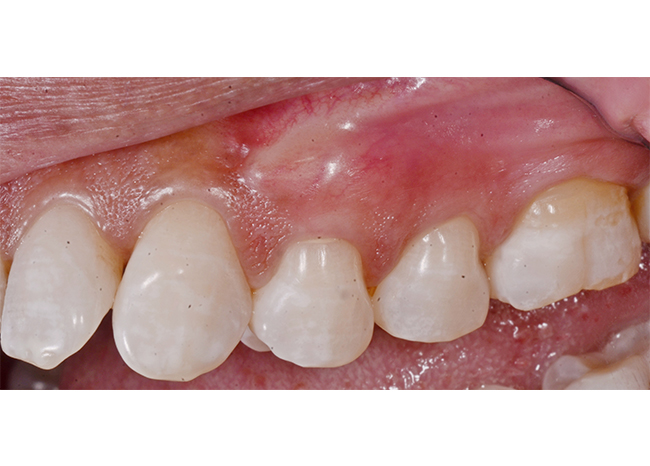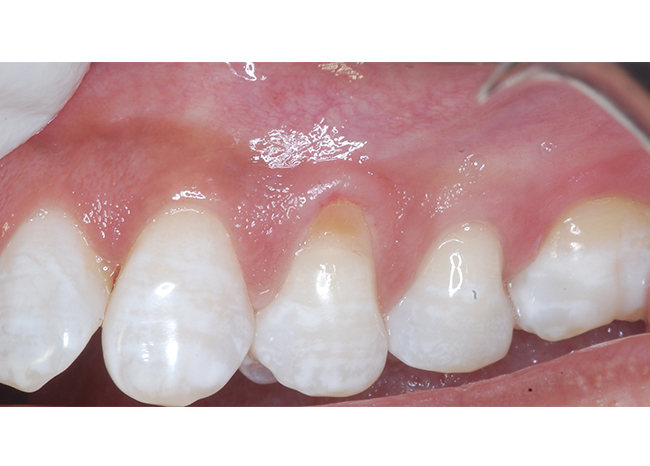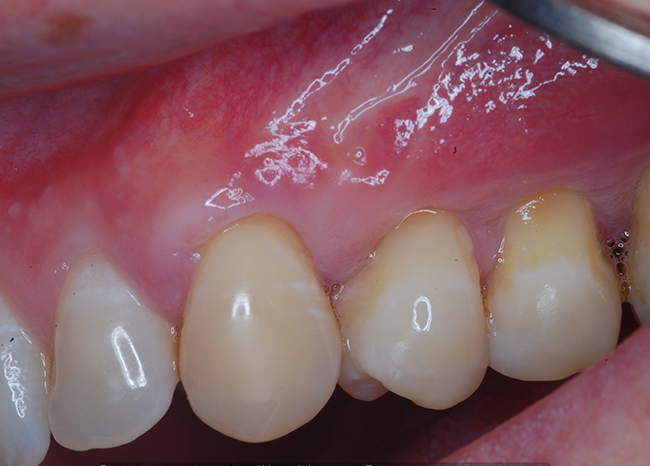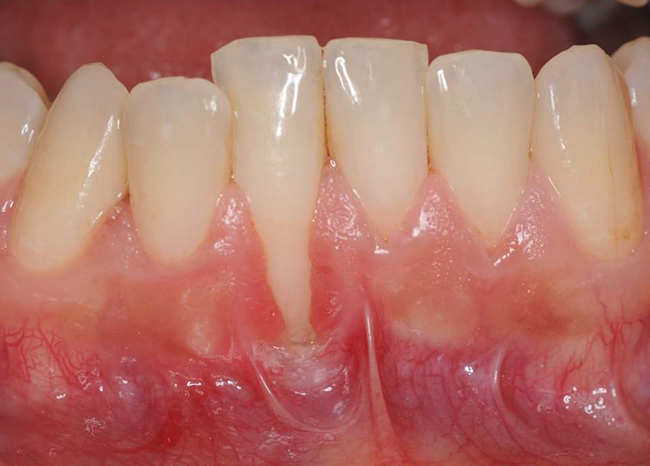Gum Grafting for Receding Gums
Gingival recession, also known as receding gums, is the exposure in the roots of the teeth caused by a loss of gum tissue and/or retraction of the gum margin from the crown of the teeth.

There are many possible causes for gingival recession:
- Hereditary thin, fragile or insufficient gingival tissue predisposes to gingival recession.
- Gum disease (periodontal disease). Poor oral hygiene allows bacteria to build up between the teeth and below the gumline, which leads to painless, chronic inflammation of the gums and gradual recession.
- Overaggressive brushing, which causes the enamel at the gum line to be worn away over time by scrubbing the sides of the teeth in a washboard fashion
- Excessive clenching and grinding of the teeth (bruxism) can sometimes worsen the pre-existing periodontal disease.
- Adult orthodontic movement of teeth.
- Abnormal tooth position, such as tooth crowding, giving an inadequate cover of one or more teeth by the jaw bone.
Gum grafting:
Once cause-specific measures are corrected, soft-tissue graft surgery may be used to create more gingiva. The tissue used may be autologous tissue from another site in the patient’s mouth, or it can be freeze-dried tissue products or synthetic membranes.
Depending on the shape of the gum recession and the levels of bone around the teeth, areas of gum recession can be regenerated with new gum tissue using a variety of gum grafting “periodontal plastic surgery” procedures performed by a specialist in periodontics (a periodontist). These procedures are typically completed under local anesthesia with or without conscious sedation, as the patient prefers. This may involve repositioning of adjacent gum tissue to cover the recession (called a pedicle graft) or use of a free graft from the roof of the mouth (called a free gingival graft ). Alternatively, a processed donated human skin allograft may be used instead of tissue from the patient’s own palate.









